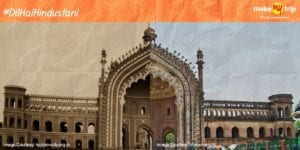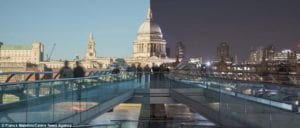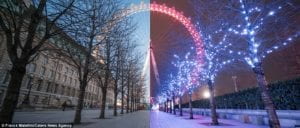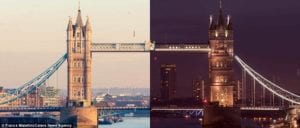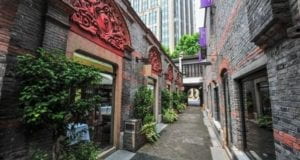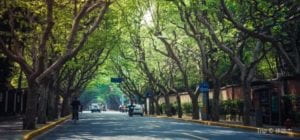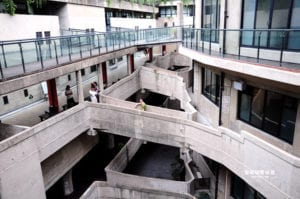Reflection on the field trip:
I took part in Thursday’s field trip. I will divide my reflection into two sections: “Something about the school” and “Something about the children”
Something about the school:
We arrived at Shanghai Pudong new area special school at 1 pm. My first impression of the school is that it is really modern and beautiful. We first explored the north area (I am not sure, almost forgot). Overall, the school is really nice. The first thing we saw is the model of the century avenue metro station, which is made to help the disabled children get familiar with the metro station and public transportation. It is really modern because the electronic gate is a real one, it is functional when plugs in. There are many devices like that educating students: currency system for career and life finance education; House and room models for daily life education; Kitchen class for cooking education (and further career development); etc. These devices are one of the main differences between normal school and special school—for the students in the special school, they need to learn how to live independently and get used to their surroundings. Besides these special devices, there are many private training rooms in the school. For example, we met two students who were receiving training. One kid was receiving music therapy. He gets autism and he can only keep calm when listening to music and staying inside a dark, closed environment. So, the private training room is similar to a music recording room. It is dark inside, and the music was playing when we saw from outside. Another interesting thing is the window. That is a one-side window, which is good for teachers to observe and students who are now stable in mood will not feel uncomfortable. The second kid has a severe physical disability. His father was also there to help the teacher to give private training to him. These customized rooms are good for private training and good for individual education. The classroom is the same as what I had before, but the size is smaller.
Something about the children:
The most valuable thing I learned is that those children are also good and possible to be trained. We saw the paints of some students; they are better than me at drawing and I felt that they are talented. We observed two classes. The first one is a private training class. The student has trouble balancing and walking. The class lasted for half an hour. The kid followed the instructions of teacher and did quite well. He was kind and patient. Also, the teacher was kind and really patient. I think the most important thing for communication is to keep kind and patient. Keep smile and be patient with these children. They are great to communicate. Another class is a music class. We were welcomed by students, which makes me feel warm-hearted. They are really kind and pure. They are really curious about us; I noticed several students looked back to us and smiled. One of the students in that class was really smart—my classmates and I didn’t think that he was a child with a disability. After asking the faculty, we knew that he was the medium severity so that he is better than others in the school.
Personal thinking:
I think they should be treated as the same person. I used to have a stereotype of them before. But after this field trip, I think that they need more time than us to learn how to live and work, they might not learn the same thing that we learn, but they can still have a skill which can support their living. They are the people who also have a contribution to our society. They just need more care, more time, more help, more patience and kindness from us.
Project idea:
Partner description
Our partner is Lamb. She is easy-going and she loves drawing. She is kind (she worries about other people with disabilities and hopes to help them) and very smart.
Desires and difficulties
Her mother mentioned many desires for her. The main issue is that she wants to go outside independently but the wheelchair limited her. The first thing is that she cannot take buses because the gap between buses and station is big. She cannot get on and off buses freely. Sometimes the wheelchair will be sucked into the gap. Another issue, since she can only use one hand to hold an umbrella, she cannot move the wheelchair in raining time.
Project description + photos + videos
For buses issue, I think it is necessary to solve it, but we did not come up with a concrete idea to solve it. So, we decide to free her hands. An umbrella holder is perfectly matched her needs. But we need to consider many issues.
Basic requirements:
- The device should be attached to the wheelchair strongly so that it won’t fall down during movement.
- It should tall enough so that the user will not be hit by the umbrella when he/she open it
- The umbrella attached to the device should be automatic-open.
- The device should be rotatable so that the users can adjust the angle to keep the rain from all the directions off.
- The whole device should be easy to use—use a little bit of strength to control.
So, we try to research some existing solutions: we find some mechanical structure products and automatic umbrella.
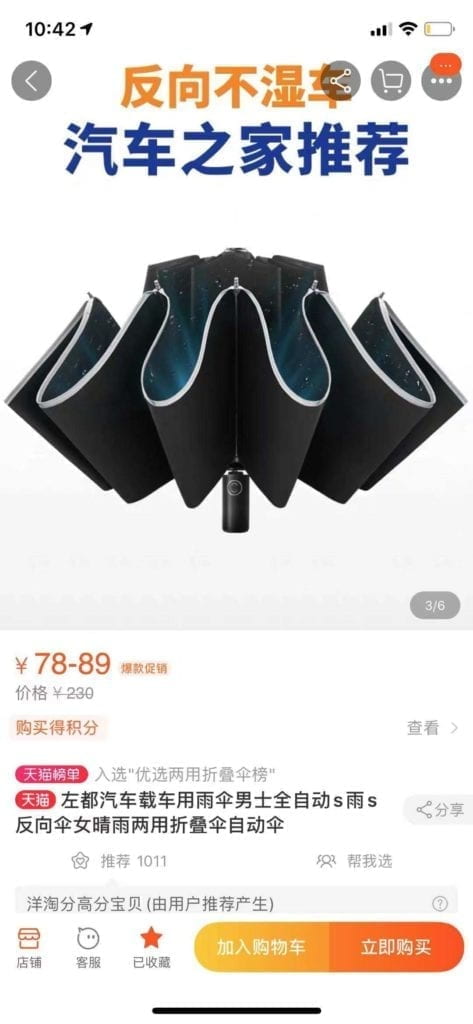
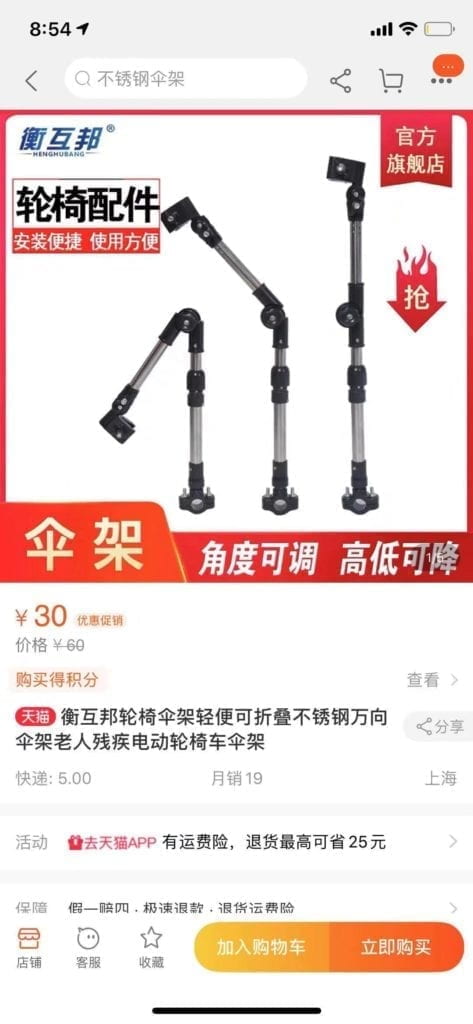
Here are the first-ever prototype we have. It basically shows how it works.



